adi.adf4030 module
- class adi.adf4030.adf4030(uri='')
Bases:
context_manager,attributeThis class provides an interface to the ADF4030 device via the IIO framework.
- Args:
uri (str, optional): URI of the IIO context. Defaults to “”.
- Attributes:
_device_name (str): Name of the IIO device (“adf4030”). _ctrl: Reference to the IIO device controller. _attrs (list): List of supported channel attributes.
- Properties:
in_temp0_input (float): Returns the temperature sensor input value.
- Dynamic Channel Properties:
For each channel with an ID starting with “altvoltage”, the following properties are dynamically created (where <name> is the channel label or ID):
<name>_duty_cycle (float): Duty cycle of the channel. <name>_frequency (float): Frequency of the channel. <name>_label (str): Label of the channel. <name>_output_enable (bool): Output enable status of the channel. <name>_phase (float): Phase of the channel. <name>_reference_channel (int): Reference channel index. <name>_autoalign_iteration (int): Auto-align iteration value. <name>_autoalign_threshold (float): Auto-align threshold value. <name>_autoalign_threshold_en (bool): Enable/disable auto-align threshold. <name>_background_serial_alignment_en (bool): Enable/disable background serial alignment. <name>_oversampling_ratio (int): Oversampling ratio. <name>_oversampling_ratio_available (list): List of available oversampling ratios.
- Raises:
Exception: If the ADF4030 device is not found in the IIO context.
- Methods:
_make_channel_property(channel, attr): Creates a property for a given channel and attribute. _add_channel_properties(): Adds dynamic properties for each supported channel and attribute.
- Example:
>>> from adi.hmc7044 import adf4030 >>> dev = adf4030(uri="ip:192.168.2.1") >>> print(dev.in_temp0_input) >>> dev.altvoltage0_frequency = 10000000 >>> print(dev.altvoltage0_frequency)

